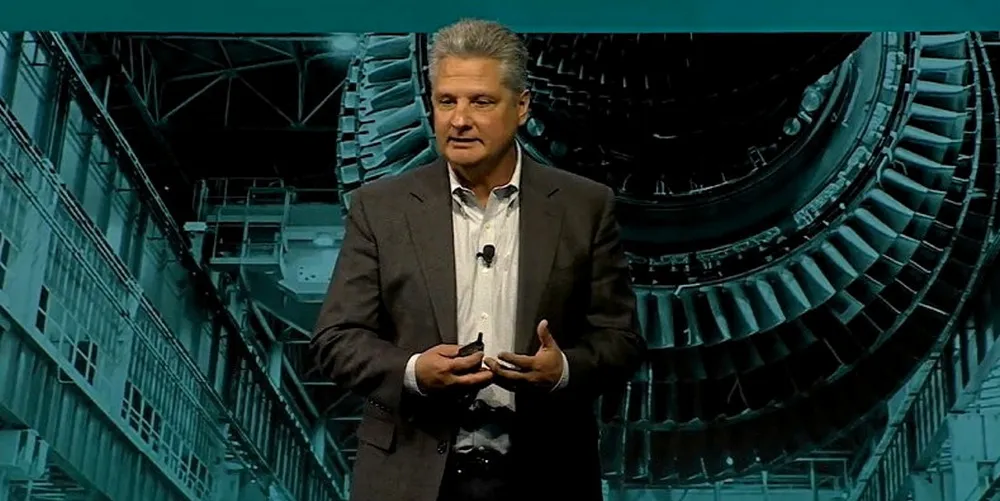GE wind chief says 'we became too complex' as two-year turnaround plan revealed
Onshore CEO Vic Abate says focus to be on leaner operation with fewer variants as he insists land-based operation can be profitable next year helped by IRA momentum

The head of GE’s onshore wind business claimed a leaner “workhorse” product strategy and the upsurge in prospects for US renewables could turn around the loss-making unit’s fortunes in two years, as he said turbine manufacturers had “just become too complex”.
Vic Abate, CEO for onshore wind at GE, told investors “we’ll take a negative onshore wind business in 2022 to a profitable low single-digit business next year”.
Turning around onshore wind is key to the fortunes of GE Vernova, the newly-formed energy transition-focused business that GE wants to spin-off as a separate public company in 2024.
Abate told financial analysts at GE’s Investor Day event: “When you think about the wind OEMs, us included, we’ve just become too complex.”
Abate said big manufacturers such as GE Renewable Energy – which forms part of the new GE Vernova – had over the last three to five years attempted to compensate for dwindling power prices with “faster product launches, more variants, more product derivatives.
“The result of that was more complexity, lower quality and higher costs,” said Abate, who led the onshore wind business at GE previously and was brought in by group CEO Larry Culp to help revive its fortunes after the unit’s woes contributed to mammoth losses at GE Renewable Energy.
Abate said in future the onshore wind arm would focus on a leaner, slimmed back operation that makes more of the same turbines based around a “workhorse” strategy. “We’re going to end up with larger fleets of the same unit.”
The onshore wind chief claimed the approach chimes with massive wind industry growth trends that will see fleets of 50,000-100,000 become the norm, allowing the manufacturer to both reap scale advantages and more easily safeguard quality and performance for customers.
The drive back to profit will be aided by taking $500m of cost out of onshore wind by 2024, said the company. GE Vernova CEO Scott Strazik said onshore wind had previously been carrying out new product R&D in 12 separate physical locations.
“We’re doing it today in four. That was just bad planning to be working on the same product in 12 different places,” he said.
The GE executives insisted the cost reductions would help not harm Vernova’s ability to ramp up where it matters – which chiefly means the US.
Abate said 70% of onshore backlog would by 2024 be focused in the US, helped by the swelling volume momentum from the Inflation Reduction Act which gives long-term incentives for renewables investment.
“Getting towers and blades and nacelles to a site can be a third of the cost – how you’re located and distributed around the country gives you an advantage.
“In the North American market we’re very well positioned to be competitive on cost.”
Strazik told investors that GE Vernova, which also includes GE's operations in gas power, nuclear and grids, will lose $200m-600m this year as renewable energy's problems are fixed, but would then become profitable in 2024.
GE Renewable Energy in its current incarnation posted a loss of more than $2bn in 2022.
(Copyright)